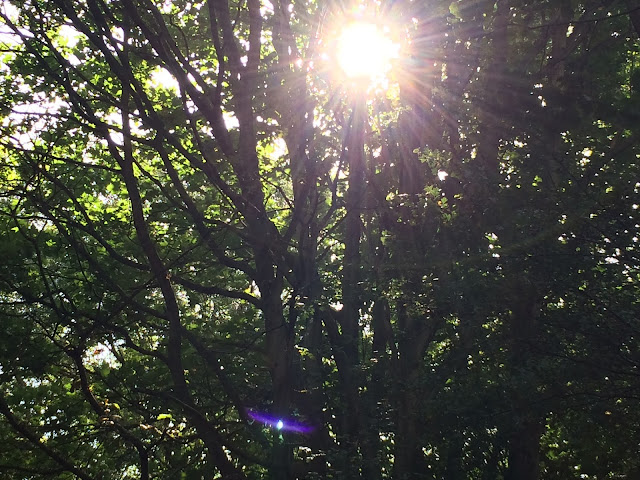For our second week-long placement, I was placed in a Reception class to focus on Phonics teaching. I was a little wary, as I'd never considered teaching in Early Years before, but I found the whole experience really positive, and really enjoyed the week!
Each morning, there were 7 activities laid out. The children were put into 7 groups, and each group would rotate every day to do a new activity. These activities were related to phonics and spelling, numeracy, fine motor skills etc.
The children responded really well to these activities, and remained focused until the teacher rang the wind chimes, signalling carpet time.
Independent Learning was a new experience for me. From an outside glance, it seemed like it was simply play, but the teacher and TA's were constantly assisting the children with their own learning. For example, if a child was drawing a picture, we would ask what shapes they were using, could they label their pictures etc. If they were looking at a book in the reading area, we would ask them to blend phonemes together.
After Independent Learning, it was Teacher-Led Learning, where the theme for the week was the teddy bear's picnic we would be having at the end of the week. Again, each group rotated activities every day. These activities included writing an invitation for their teddy bears, creating party hats, and writing lists of what they would need for the party. Giving the children a focus of excitement (the teddy bear's picnic), really engaged them in the activities and encouraged their learning.
I read a number of stories to the class during the week at Snack Time, which was a really fun experience for me. It was lovely to see all of the children so engaged in the story and really listening to the words.
After Snack Time, it was Phonics. Every couple of days, a new phoneme would be introduced. Repetition played a huge part in the childrens' learning' they would repeat the phonemes five times each, before moving on to the next letter. Once they had learnt the new phoneme, it would be added to the outside of the board as a constant reminder. The teacher would encourage their curiosity by asking questions such as, "what do you notice about 'c', 'k' and 'ck'?"
After the Phonic overview, the children would recite their "secret words" - I shouldn't even be mentioning this! They were high frequency words in a box that the children would recite as "word detectives". They responded brilliantly to this, as they were put in role, rather than just reciting words on a board.
Throughout the week, I was able to teach the lower ability phonics group. I found it really difficult for my first session, as the children found it hard to concentrate with the other children reciting phonics on the carpet. However, in my second session, I used a game method to engage them, and got a brilliant response. I drew a race track on some paper, and separated the track into squares, with a phoneme on each square. The children were given a racing car each and a dice, and had to navigate themselves around the board, only being able to move on if they could sound out the phoneme. Making the learning relevant to the children is key in engaging their learning.
I was also able to see the levels of differentiation in the class. For example, there was a boy who found it extremely difficult to focus on each activity. The teacher placed a velcro board in the corner of the room with a visual timetable for the day. He was then able to take off each lesson as they ended so that he could focus on them one at a time. There was also a girl with behavioural problems, who also struggled to concentrate for long periods of time. At carpet time, the teacher gave her a sand timer, so that the child could focus on concentrating. Once the timer ran out, she was allowed to pick up a book and read to me so that she wasn't creating distractions for the other children.
I really loved my time in the class, and had such a helpful, friendly teacher, who encouraged me to do as much or as little as I wanted to.

























































